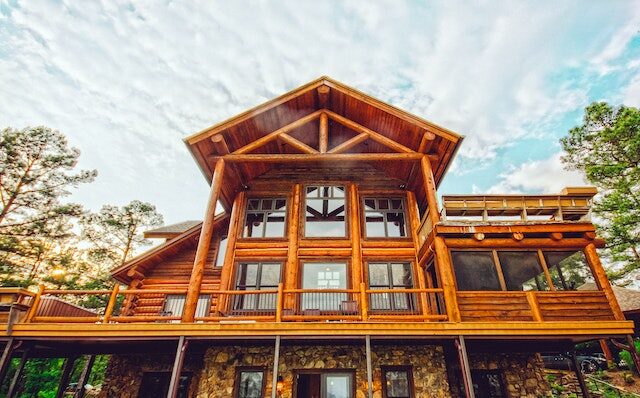If you’re considering building a new home, you might want to consider a hybrid log or timber frame. Not only do hybrid homes provide the same benefits as traditional log homes, but they are also more customizable and versatile. For example, you can include a stone fireplace in the living room while maintaining the look of a timber-frame home. In addition, these homes often use timber components to give them the appearance of a timber frame.
Less Expensive
While log and timber frame homes are often expensive, hybrid homes can save you money and still deliver the look of a log home. Timber frame homes can be built with various materials, and some hybrid homes feature a combination of timber and conventional siding. This means using more expensive logs and wood in certain areas and less costly stud-frame construction in others. Hybrid log and timber frame homes are also more flexible, and you may be able to change the floor plan to accommodate your needs.
While timber and log frame homes are generally less expensive than conventionally built homes, they will have higher upfront costs. This is because premium timber is more expensive than standard wood studs, while SIPs are much more expensive than fiberglass batting. The timber and log frame construction is also more energy-efficient. However, conventional construction will require you to spend more on structural insulated panels and insulation.
More Personal
If you’re considering building a home with logs and timber frame construction, you may wonder what the differences are. While logs are a classic choice, hybrid log and timber frame homes offer many design options, including more customization options. These homes can be more personalized, giving you more control over your investment.
Log homes have a unique aesthetic, a spiritual and feel-good value that traditional homes cannot match. Log homes have a distinctive vertical dimension, which a conventional home can’t replicate. Timber trusses are a common feature in log homes and can duplicate the look of a small loft.
Log and timber homes are highly customizable and offer many advantages over a typical frame home. They provide more open living space, are more durable, and can be finished in virtually any material. Timber frame homes can be completed in any material, while log homes can’t be finished in stone or brick. Log and timber homes have their unique advantages and limitations, so you may want to explore all of your options before choosing a structure.
Cost-Effectiveness
If you’re considering building a custom home, one great benefit of a hybrid log-and-timber design is its cost-effectiveness. A hybrid design uses an accurate post-and-beam frame in the main living areas and partial timber framing in other areas, which helps you save money. Although tongue-and-groove wood planks are beautiful, they’re also expensive. Fortunately, you can choose to use them in certain areas while drywall is used in other areas.
Another significant benefit of a hybrid home is increased insulation. Many log-and-timber frame home companies enclose their frame structures with structural insulated panels, which act like a super-insulating envelope. These panels can be used on the timber-framed parts and the exterior log-and-timber walls of a hybrid home.
The overall cost of a hybrid log-and-timber frame home depends on the house’s size, complexity, and design. A log-and-timber-frame home costs approximately $300-400 per square foot. This number will vary depending on the timber used, the site, and the finishes used. The base budget includes the cost of two skilled builders, a foundation, and local trades.

